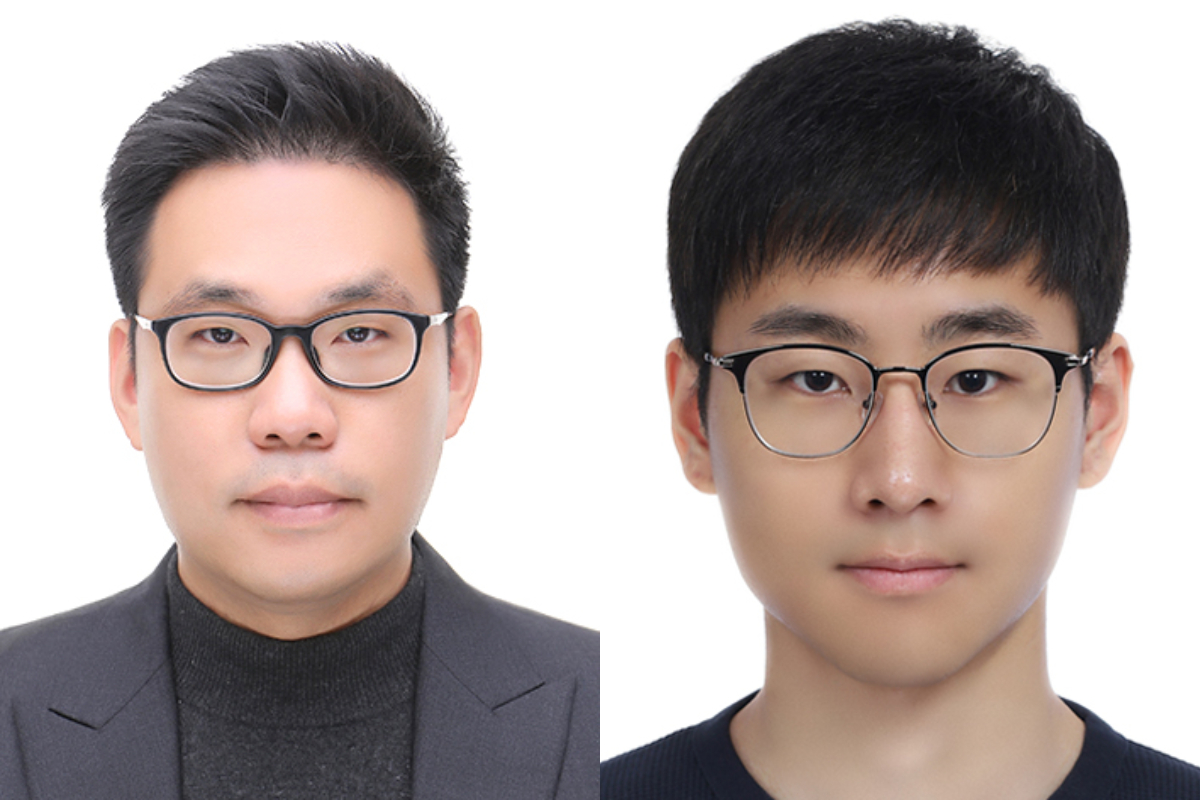Prof. Minue Kim’s Research Team (Department of Psychology)
Identified the Characteristics of Nervous Circuits in the Anxious Brain

[Image] Prof. Minue Kim, Master’s degree student Wonyoung Kim (from the left)
A research team led by Prof. Minue Kim (Department of Psychology) has released a study that reveals the relationship between anxiety and neural circuits in the brain. Prof. Kim and Wonyoung Kim, a master’s student, published their research on this topic in the international scientific journal ‘Proceedings of the National Academy of Sciences’ (IF: 12.78).
It is known that people who feel anxious easily have weakened neural circuits linking the amygdala and the prefrontal cortex, which are responsible for processing emotional information and controlling emotions. However, some studies suggest that people with weaker neural circuits may feel less anxious.
Previously, there was a limitation in that only the connectivity between brain regions was dealt with without considering the shape and size of neural circuits that are slightly different for each person. In other words, various characteristics of neural circuits could not be captured, and only one characteristic was abbreviated to a single dimension and used.
To solve this problem, Prof. Kim’s research team newly proposed the concept of ‘Canvas Space’, making it possible to directly compare the morphological characteristics of each person’s unique neural circuits in a common space.
In this study, the relationship between neural circuits and anxiety was analyzed using mathematical models inspired by the first sentence of Lev Tolstoy’s novel <Anna Karenina>, “All happy families are alike, but unhappy families are unhappy in different ways.” In other words, the neural circuits of people with low anxiety levels are all similar, but the neural circuits of people with high anxiety levels are hypothesized and verified to have different forms.
Through the representative similarity analysis method, it was confirmed that people with low anxiety levels had similar neural circuit shapes, and on the contrary, people with high anxiety levels had different neural circuit shapes. These results were equally observed in the brains of young people aged 20-35 years and elderly people aged 60-75 years, drawing the conclusion that it was an anxious brain characteristic regardless of age and aging.
Prof. Kim said, “This study found that the morphological characteristics of neural circuits, which have traditionally been considered as an obstacle to be removed to analyze the connectivity of neural circuits, make an important contribution to explaining individual differences in anxiety. It is expected to be applied to the diagnosis and prognosis of pathological anxiety such as anxiety disorders in the future.”
※ Paper Title: Morphological similarity of amygdala-ventral prefrontal pathways represents trait anxiety in younger and older adults (Journal: Proceedings of the National Academy of Sciences(PNAS))
※ DOI: https://www.pnas.org/doi/10.1073/pnas.2205162119)















